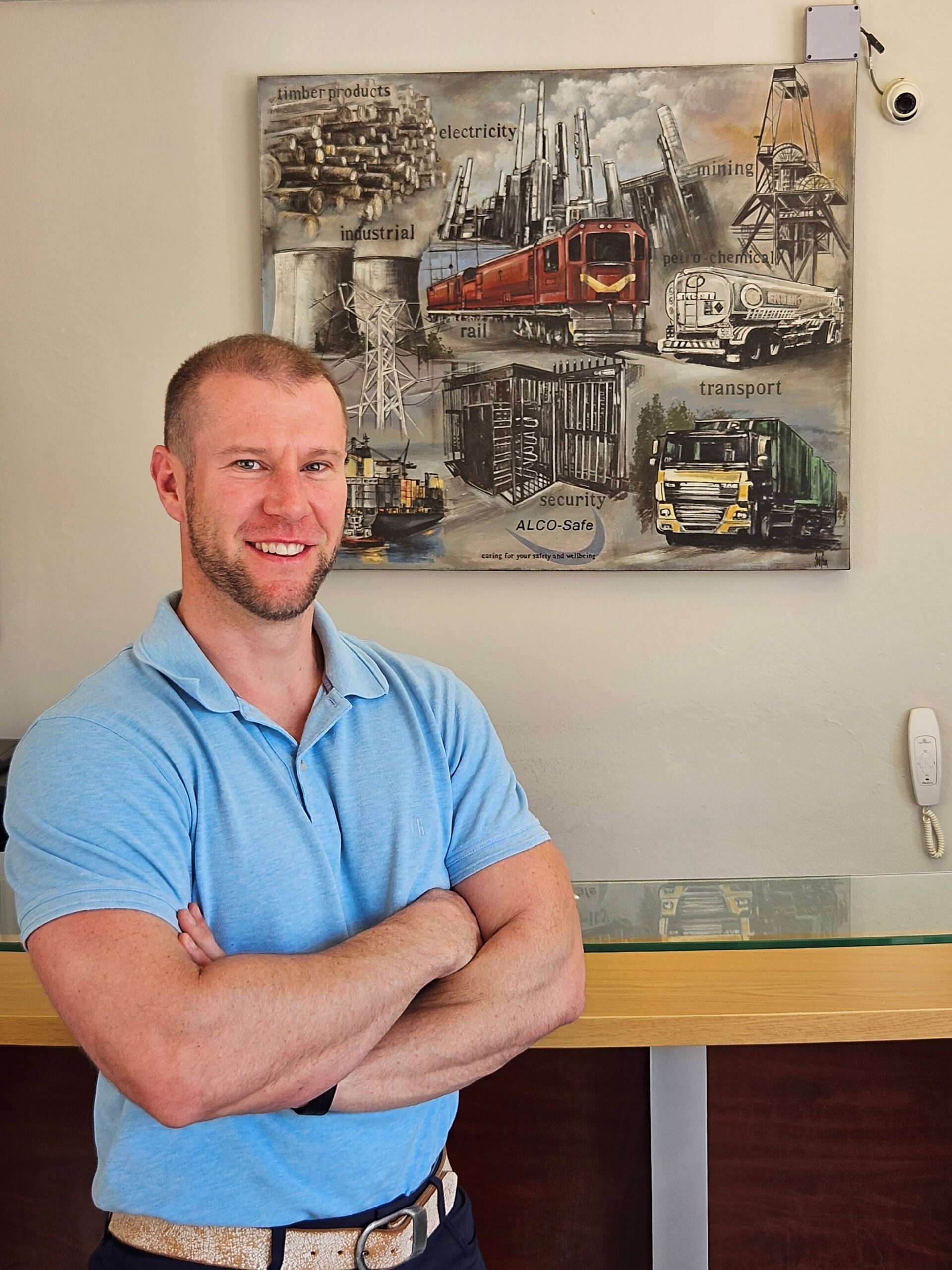In safety-critical sectors, the reliability of breathalyser testing must be unquestionable. The potential for miscalibration carries significant risks, from compromised safety to substantial legal liabilities. To ensure accuracy, employers must prioritise regular calibration and maintenance. Only by treating breathalysers as the precision instruments they are and ensuring their ongoing accuracy can organisations neutralise these risks and foster a culture of responsibility.
The electrochemical heart of accuracy
The accuracy of breathalysers, sophisticated scientific instruments relying on electrochemical fuel cells, is critical for reliable workplace testing. These fuel cells facilitate a chemical reaction when alcohol is present in the breath, with the magnitude of the reaction directly proportional to the alcohol level, which is then translated into a digital reading. Over time, sensors can experience drift due to accumulated residues, leading to inaccurate results.
To counteract this, reputable breathalyser suppliers provide essential recalibration services, testing instruments with known alcohol concentrations and adjusting them to maintain accuracy within specified limits. The recalibration process cannot be overlooked or ignored, as without proper calibration, the validity of test results is questionable. For instance, a reading of 0.35 could actually indicate 0.6 if the device is not correctly calibrated, rendering the output unreliable.
Maintenance beyond calibration
However, optimal breathalyser performance requires more than just calibration for accuracy. Comprehensive maintenance is essential, which involves the inspection of all critical components. This includes testing of the sampling system, consisting of a pump and pressure sensor, as well as checks on the batteries and the alcohol sensor.
This ensures that components function correctly, which enhances reliability and also allows for the early detection of potential issues, ultimately extending the instrument’s lifespan. Manufacturers generally recommend recalibration and maintenance every six to twelve months, with the specific frequency determined by usage and instrument type. At each service interval, upon successful recalibration, the service provider issues a certificate of calibration.
The importance of a reputable supplier
The most reliable way for companies to ensure the integrity of their breathalyser testing is partnering with a credible supplier that offers expertise beyond basic calibration. Such a partner should have the technical knowledge to examine every component properly, ensuring optimal functionality. This includes providing essential consumables like sterile mouthpieces, which are important for hygiene and accurate readings.
The supplier’s deep understanding of the breathalyser’s mechanics and calibration process is fundamental, as this guarantees the accuracy required for ethical testing and procedural fairness. Additionally, a quality supplier will provide complete documentation of all maintenance, a critical element in demonstrating regulatory compliance. When legal challenges arise, such as disciplinary hearings or the CCMA, a valid calibration certificate is the foundation on which the company’s defence rests. Without it, results are inadmissible, exposing the organisation to significant legal and reputational risks.
Prioritising safety through accuracy
So, what’s the lesson here? Keeping breathalysers working correctly isn’t just a tick-box exercise. It’s about building a solid system and working closely with suppliers to understand when to calibrate and the importance of record-keeping for procedural fairness. It’s about being proactive and catching problems before they blow up into something much bigger.
When it comes to breathalysers, skipping the regular maintenance amounts to trouble. Think of a breathalyser like any other piece of important equipment; it must be properly cared for. This means that realistically speaking, maintenance isn’t a fancy extra; it’s essential to maintain procedural fairness based on accurate results. As such, the cost of calibration should be considered minimal compared to the potential legal and financial repercussions of invalid tests. Simply by making maintenance and calibration a priority, companies can be sure that their breathalysers are working dependably, which creates a safer, more productive workplace.


